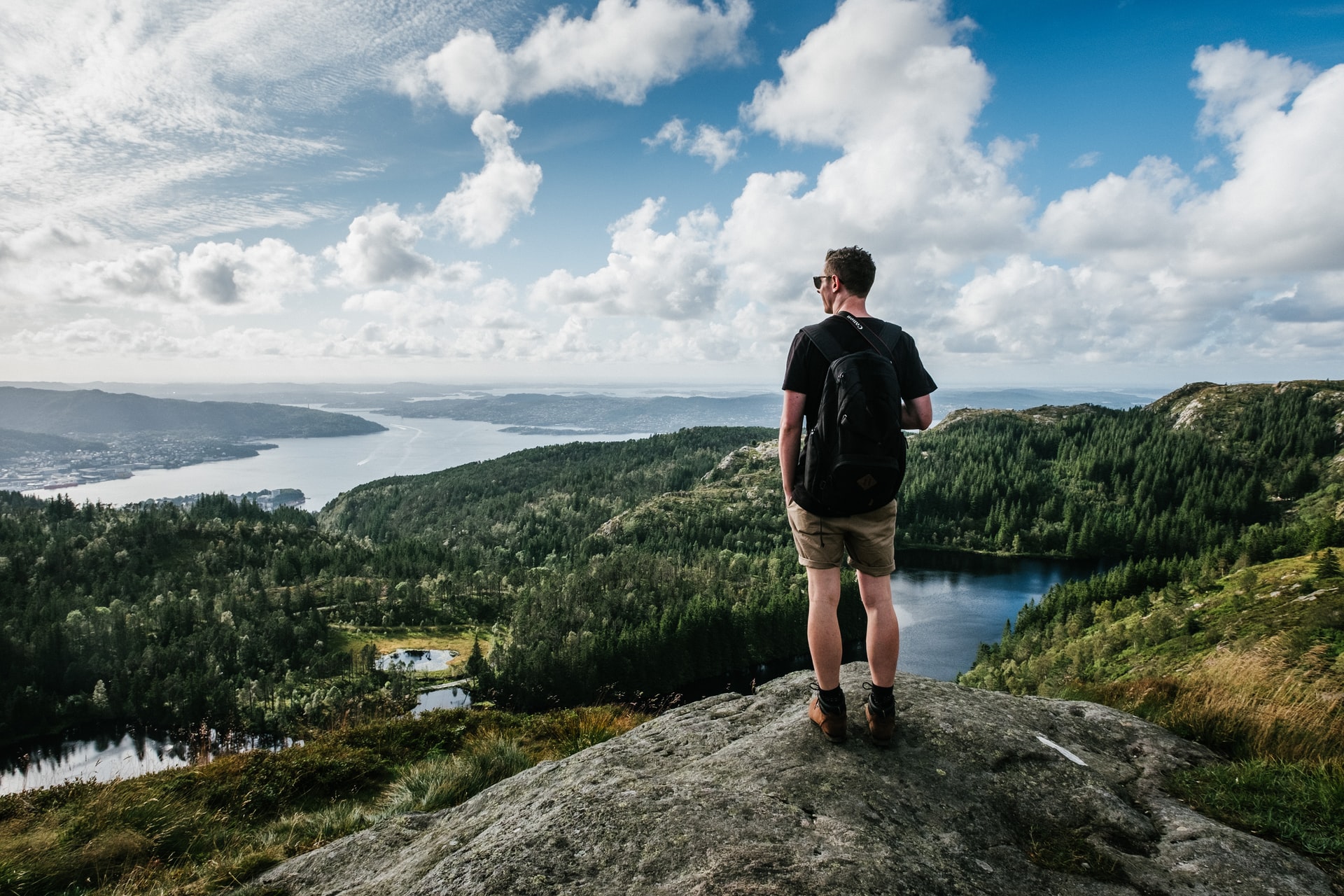How to prevent and treat foot blisters
Outdoor Activities | March 28, 2024
SAIL
August 19, 2020

As an excellent outdoor family activity, or something fun to try on vacation, geocaching pairs perfectly with hiking and helps you discover new places in a playful way. Haven’t heard of it? We’ll explain a little bit about how it works.
Becoming more and more popular around the world (over 2 million connoisseurs and over 6 million registered geocaches), geocaching is an activity similar to scavenger hunting where people look to find geocaches with the help of a hiking GPS (much more precise than a GPS made for your car).
The idea behind geocaching is simple: the people who place them hide a small object in nature and link it on the internet or an app with geographical coordinates and some clues on where to find it.
Tons of varieties exist:
Physical caches are small, waterproof boxes or containers containing an object that a geocacher can find and exchange for a different object (that can be logged on the app in order to track the places around the world that your cache has travelled to). These can be a key chain, a pencil, a geocoin, etc. There may even simply be a piece of paper in the geocache on which every visitor can leave his or her initials.
Earth caches can be found in protected areas or historical sites where these containers include a piece of paper with interesting information regarding the history or geography of a particular area.
Mystery caches make the geocacher solve a puzzle that will give away the exact location he or she is meant to find.
In every case, the geocacher signs the online platform to log the little victory of finding a new cache and, when applicable, moves the object of a cache to the next place it needs to be.
Geocaching gear isn’t too complicated. You need a good hiking GPS (the more precise, the better), a hiking pack, a notebook, a pen, good hiking shoes and walking poles (if you intend to walk for very long distances and even up inclines.)
Bringing water along, some good snacks, the right clothes, sunscreen, and a hat or cap to protect you from the sun can also be useful if you’re planning to be out for a long period of time.
Don’t know exactly how to find your way using a GPS or how to choose between the variety of models offered? We explain how right here.
Need advice on knowing whether you need hiking shoes or boots? Read up on it here!
Hiking packs Hiking shoes Hiking poles GPS & navigation
To find geocaches and understand all the rules surrounding the activity (what information to include with the cache, what type of container to use, how to quickly locate a cache, etc.), check out these websites:
http://www.geocaching.com/ and
It’s also on these sites that you can learn about geocaching ethics. In other words, respecting nature, other geocachers, and private property.
Believe it or not, geocaching fans from all over the world go by the thousands to the UNESCO site in Percé in the beautiful Gaspésie region, where more than 260 geocaches were identified in 2019. Want to know more? The park specialists suggest their 90 favourite geocache finds.
In Ontario, three hours north of Toronto, the Canadian Capital of Geocaching can be found in the areas of Irondale, Gooderham, Tory Hill, Wilberforce, Harcourt, Highland Grove, and Cardiff. There are several caches that you are invited to find by exploring on foot, by canoe, ATV, on horseback, and even by snowmobile! For more details, visit https://www.geocachingcapitalofcanada.com.
Another interesting fact: On May 3rd, 2020, geocaching celebrated its 20th anniversary! Starting in the United Stated, the movement grew to include 250 000 caches in Canada alone. Don’t waste any more time, join the geocaching community!